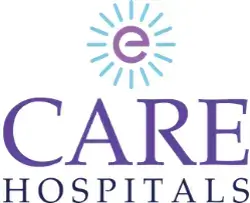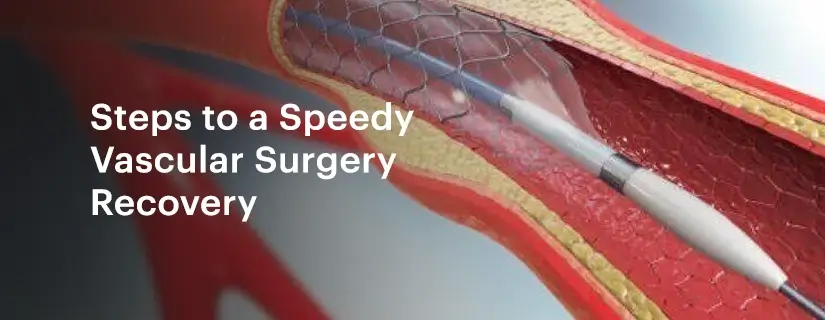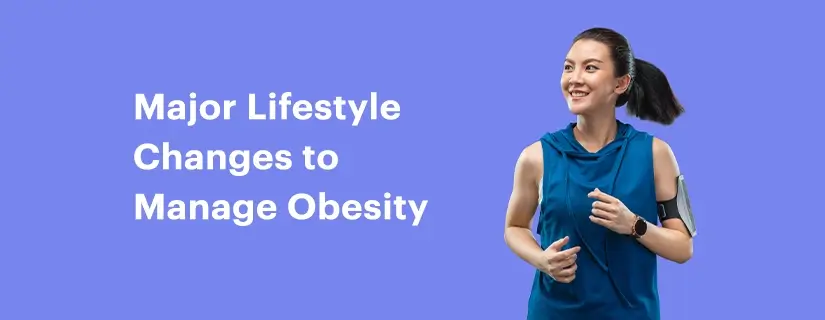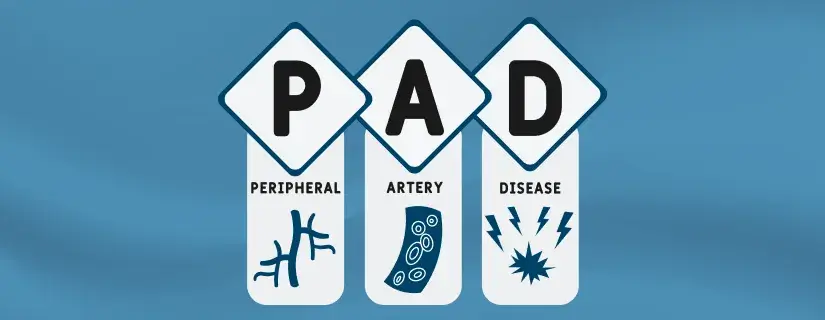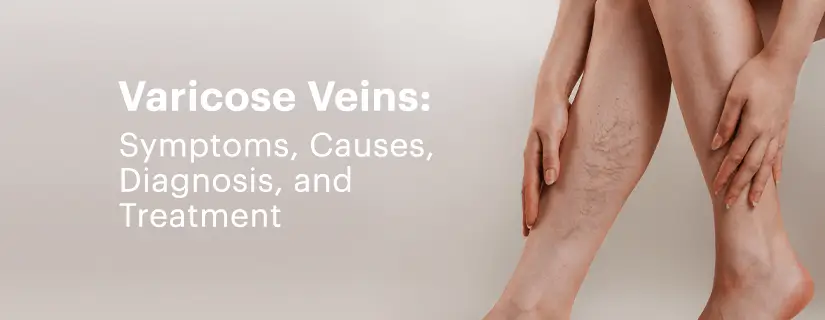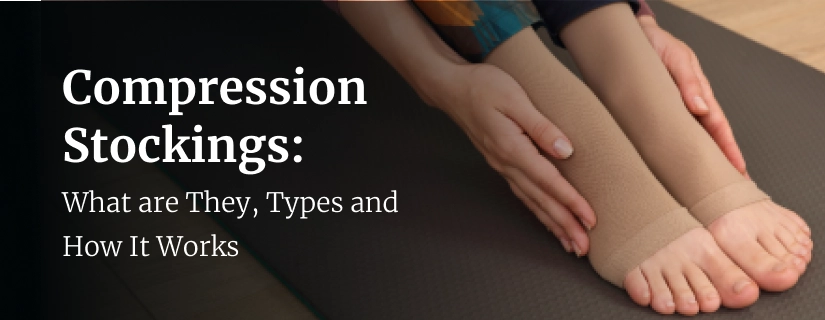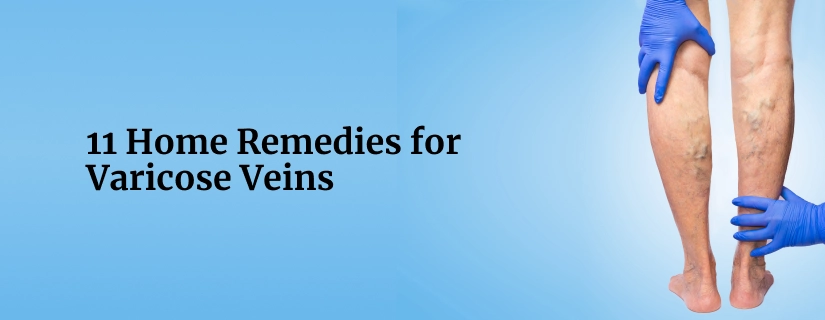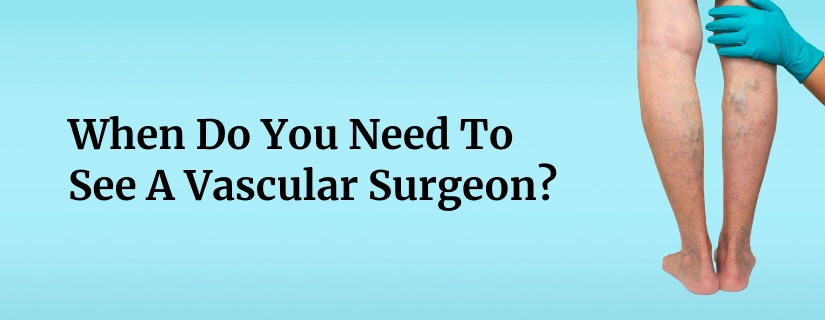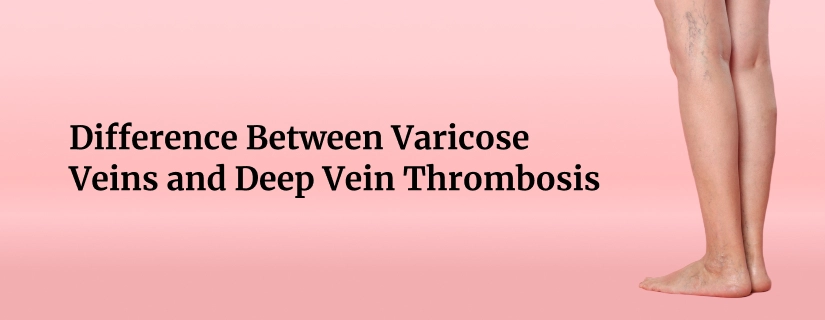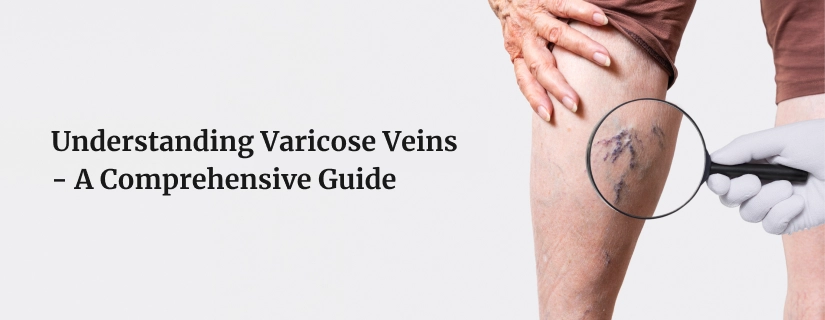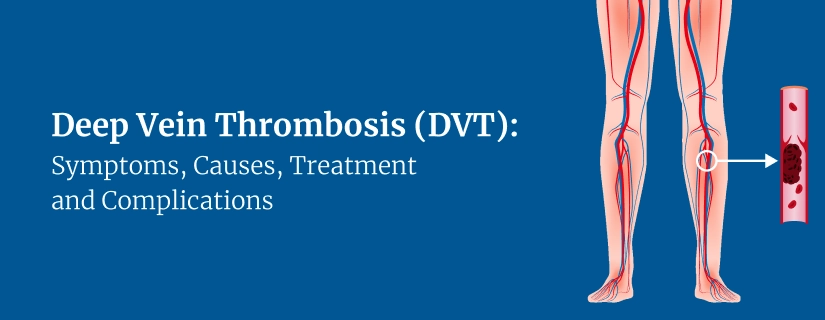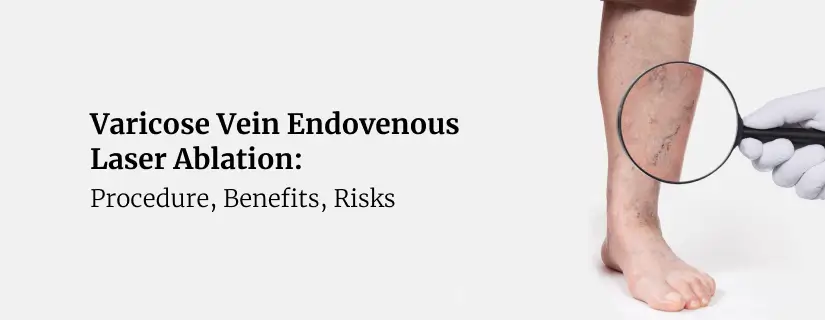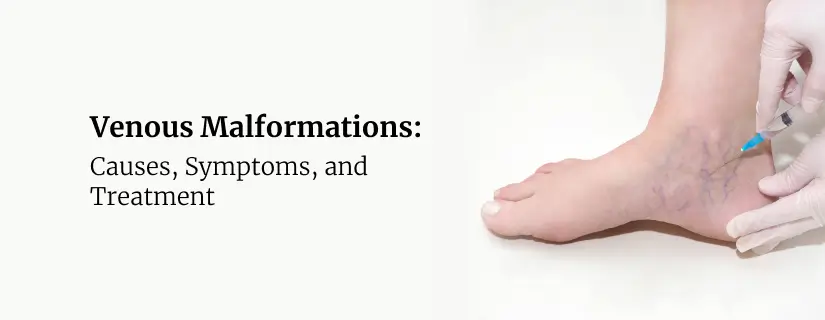-
Doctors
-
Specialities & Treatments
Centre of Excellence
Specialties
Treatments and Procedures
Hospitals & Directions HyderabadCARE Hospitals, Banjara Hills CARE Outpatient Centre, Banjara Hills CARE Hospitals, HITEC City CARE Hospitals, Nampally Gurunanak CARE Hospitals, Musheerabad CARE Hospitals Outpatient Centre, HITEC City CARE Hospitals, Malakpet
HyderabadCARE Hospitals, Banjara Hills CARE Outpatient Centre, Banjara Hills CARE Hospitals, HITEC City CARE Hospitals, Nampally Gurunanak CARE Hospitals, Musheerabad CARE Hospitals Outpatient Centre, HITEC City CARE Hospitals, Malakpet Raipur
Raipur
 Bhubaneswar
Bhubaneswar Visakhapatnam
Visakhapatnam
 Nagpur
Nagpur
 Indore
Indore
 Chh. Sambhajinagar
Chh. SambhajinagarClinics & Medical Centers
Book an AppointmentContact Us
Online Lab Reports
Book an Appointment
Consult Super-Specialist Doctors at CARE Hospitals
Radiofrequency (RF) Ablation Treatment for Varicose Veins: Know More
Updated on 30 April 2025
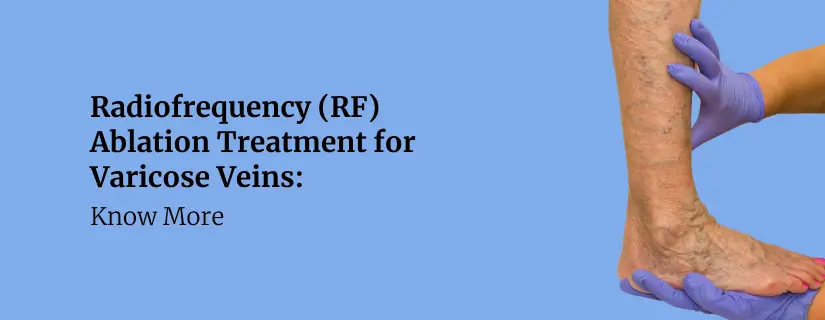
Table of Content
Venous disease affects an astounding 40% to 80% of adults worldwide. For those seeking effective treatment, varicose vein surgery radiofrequency ablation has emerged as a leading solution since its FDA approval in 1999. This comprehensive guide explores radiofrequency ablation for varicose veins, covering everything from the procedure itself to recovery expectations.
What is Radiofrequency Ablation for Varicose Veins?
Radiofrequency ablation treats varicose veins through a precise heating process that targets problematic veins. The procedure uses radiofrequency energy to generate controlled heat at 120 degrees Celsius, effectively closing off faulty veins.
The key components of RFA treatment include:
- A radiofrequency generator for energy production
- A specialised catheter with a heating element
- Ultrasound guidance system
- Local anaesthetic solution
Consequently, when the treatment is complete, the problematic vein is sealed off, and blood flow naturally redirects to healthy veins.
What are the Indications for Varicose Veins Radiofrequency Ablation?
Common symptoms that indicate the need for treatment include:
- Throbbing discomfort and burning pain in the legs
- Persistent leg swelling and heaviness
- Spontaneous bleeding from varicosities
- Skin changes such as eczema and hyperpigmentation
- Poorly healing ulcers in advanced cases
Notably, the vein diameter plays a crucial role in treatment decisions. While earlier studies excluded veins larger than 12 mm, modern research shows successful outcomes with veins up to 20 mm in diameter. The procedure requires a minimum subcutaneous distance of 0.5 cm between the vein wall and skin surface to prevent complications.
Pre-procedure Preparation
- Essential Preparations: The following steps are necessary before the procedure:
- Patients must inform their doctor about all current medications
- Wear compression stockings for 3-4 days to ensure proper fit
- Avoid shaving legs on the procedure day to prevent skin irritation
- Continue taking regular medications unless advised otherwise
- Fasting is required for 6 hours before the procedure
- Arrange for transportation home after the procedure
- Special Considerations: Patients should disclose any allergies, primarily to iodine or seafood, as these substances might be used during the procedure. Accordingly, women must inform their doctor about pregnancy or breastfeeding status.
During Procedure
The medical team administers local anaesthesia through multiple injections along the treatment area. A unique tumescent anaesthetic solution containing epinephrine, bicarbonate, and lidocaine is carefully injected around the vein. This solution serves two purposes: it protects surrounding tissues from heat damage and enhances contact between the catheter and vein walls.
The procedure unfolds in these precise steps:
- A small incision allows insertion of a 16 or 18 F needle at the lowest point of vein incompetence
- The RF catheter advances under ultrasound guidance, positioned 2 cm from the saphenofemoral junction
- The generator activates to deliver heat at 120 degrees Celsius
- Treatment occurs in 20-second intervals for each 7-cm segment
Upon completion, compression bandages or stockings are applied to the treated leg.
Post-procedure Care
Initially, patients continuously wear compression stockings and bandages for 24 hours, followed by compression stockings for an additional 90 days.
Essential post-procedure guidelines include:
- Walk for 30 minutes daily to promote circulation
- Avoid strenuous exercises and heavy lifting for two weeks
- Keep the puncture site clean and dry
- Elevate legs above heart level three times daily
- Stay well-hydrated to prevent blood clots
Benefits of RFA for Varicose Veins
The treatment offers several distinct advantages:
- High success rates
- Lower pain scores compared to laser ablation treatments
- Minimal preparation requirements for patients
- Immediate return to daily activities
Varicose Vein Radiofrequency Ablation Complications
The most common immediate side effect involves burning or numbness at the injection site, which typically feels similar to a sunburn.
The procedure may lead to few early complications:
- Phlebitis and localised pain
- Blood clots in superficial or deep veins
- Skin burns or irritation over treated areas
- Nerve damage causing tingling sensations
- Infection at injection sites
- Bleeding around treatment areas
- Deep Vein Thrombosis (DVT) remains a significant concern, with approximately 1% of patients developing this condition. However we take care that such complications does not happen and all precautions are taken
Conclusion
Radiofrequency ablation stands as a proven solution for varicose veins, offering patients a reliable alternative to traditional surgery. Clinical evidence supports its effectiveness, with success rates reaching 95% and lasting results extending beyond two years. The procedure combines the advantages of minimal invasiveness with quick recovery times, allowing most patients to resume their daily activities shortly after treatment. Though side effects can occur, proper preparation and aftercare significantly reduce these risks.
FAQs
1. What to expect from the RFA procedure?
The procedure takes approximately 45-60 minutes to complete. First, the medical team cleanses the treatment area and administers local anaesthesia. Then, a small catheter delivers controlled heat to seal the problematic vein.
2. Is radiofrequency ablation painful?
Most individuals experience minimal discomfort as the procedure uses local anaesthesia. In fact, studies show that RFA causes less pain compared to other thermal treatments.
3. What should you do before radiofrequency ablation?
Patients must wear compression stockings for 3-4 days before treatment to ensure proper fit. Come fasting to the hospital, take all your regular medications on the day of the procedure unless specified not to take.
4. What can you expect following radiofrequency ablation?
Clinical studies report a 99.4% success rate in vein closure. Patients typically notice symptom improvement within 1-2 weeks of treatment.
5. How painful is radiofrequency ablation for varicose veins?
Post-procedure pain affects less patients. Most discomfort resolves with over-the-counter pain medication and proper leg elevation.
6. How long does varicose vein ablation last?
Studies demonstrate excellent long-term results, with effectiveness after three years.
7. Do veins regrow after ablation?
Treated veins do not regrow, as they are permanently sealed and absorbed by the body. Nevertheless, new varicose veins may develop in other areas over time.
8. How long is bed rest after ablation?
Bed rest is not recommended. Instead, patients should walk regularly, starting immediately after the procedure. However, strenuous activities should be avoided for two weeks post-treatment.
ENQUIRY FORM
SELECT CATEGORIES
-
Neurosciences (16)
-
Neurology (38)
-
Neurosurgery (14)
-
Orthopaedics (48)
-
Oncology (33)
-
Obstetrics and gynecology (52)
-
Pulmonology (23)
-
Urology (20)
-
Nephrology (13)
-
Psychiatry (7)
-
Dietetics and Nutrition (111)
-
General Medicine (63)
-
Cardiac Sciences (32)
-
Vascular & Endovascular Surgery and Interventional Radiology (15)
-
Gastroenterology (46)
-
Endocrinology (23)
-
Plastic Surgery (10)
-
Critical Care Medicine (5)
-
COVID-19 (16)
-
Dermatology (16)
-
Emergency Care (1)
-
Ophthalmology (4)
-
Pediatrics (14)
-
Laparoscopic and Bariatric Surgery (8)
-
ENT (15)
-
Kidney Transplant (1)
-
Liver Transplantation and Hepatobiliary Surgery (5)
-
General Surgery (3)
-
Internal Medicine (5)
-
Medicine Information
Varicose Vein Sclerotherapy: Treatment, Benefits, and Procedure
Varicose Vein Foam Sclerotherapy: Treatment, Benefits, and Procedure
YOU MAY ALSO LIKE
RECENT BLOGS
-
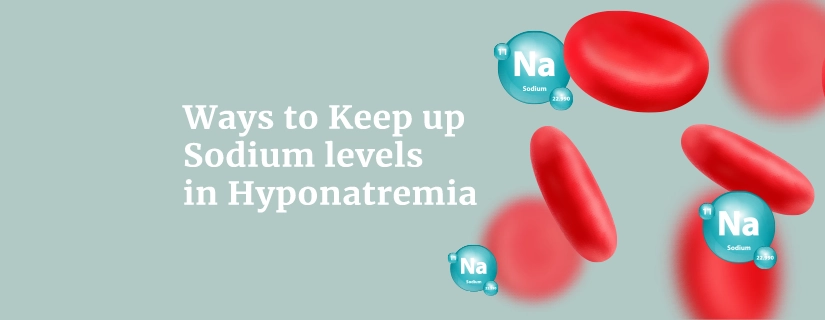
Ways to Keep up Sodium levels in Hyponatremia
11 December 2025
Read More
-

12 Health Benefits of Apple Cider Vinegar
1 December 2025
Read More
-
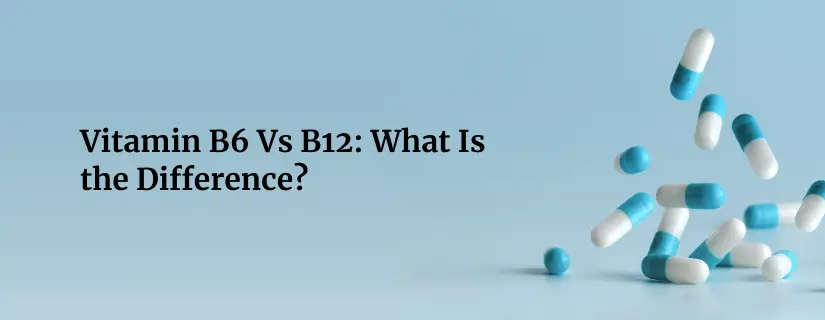
Vitamin B6 Vs B12: What Is the Difference?
1 December 2025
Read More
-

8 Health Benefits of Vitamin B Complex
1 December 2025
Read More
-

15 Home Remedies for Stomach Pain
1 December 2025
Read More
-
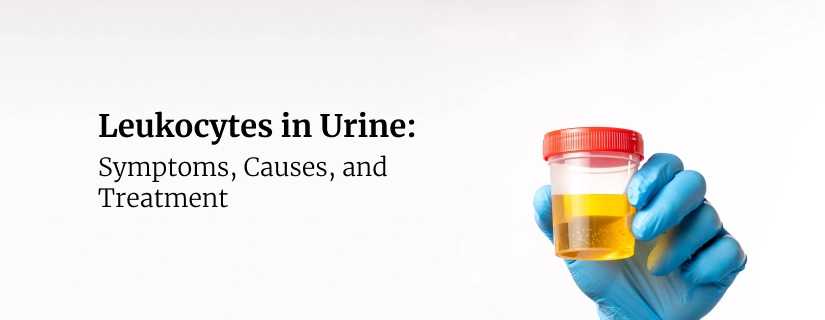
Leukocytes in Urine: Symptoms, Causes, and Treatment
1 December 2025
Read More
-
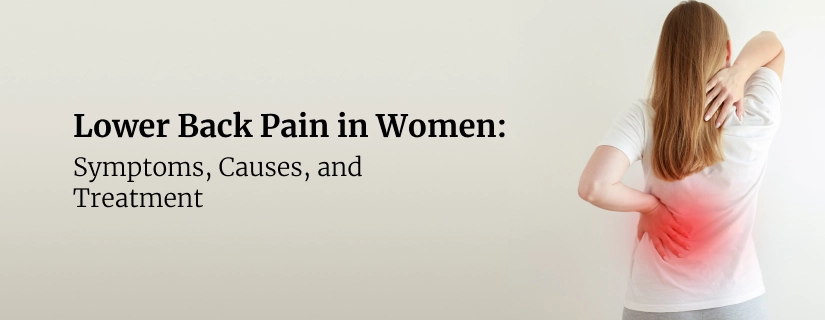
Lower Back Pain in Women: Causes, Symptoms, Treatment and More
1 December 2025
Read More
-
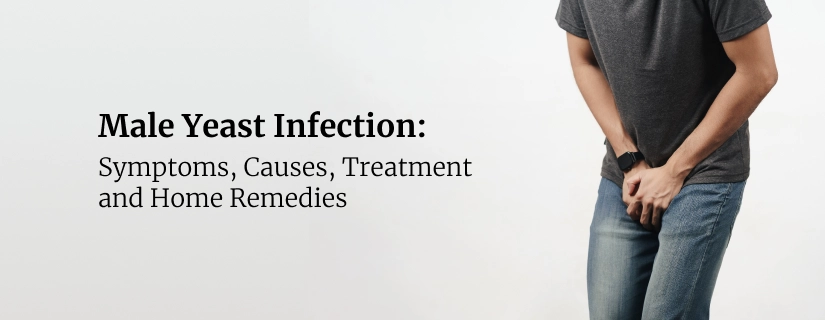
Male Yeast Infection: Symptoms, Causes, Treatment and Home Remedies
1 December 2025
Read More
Have a Question?
If you cannot find answers to your queries, please fill out the enquiry form or call the number below. We will contact you shortly.
